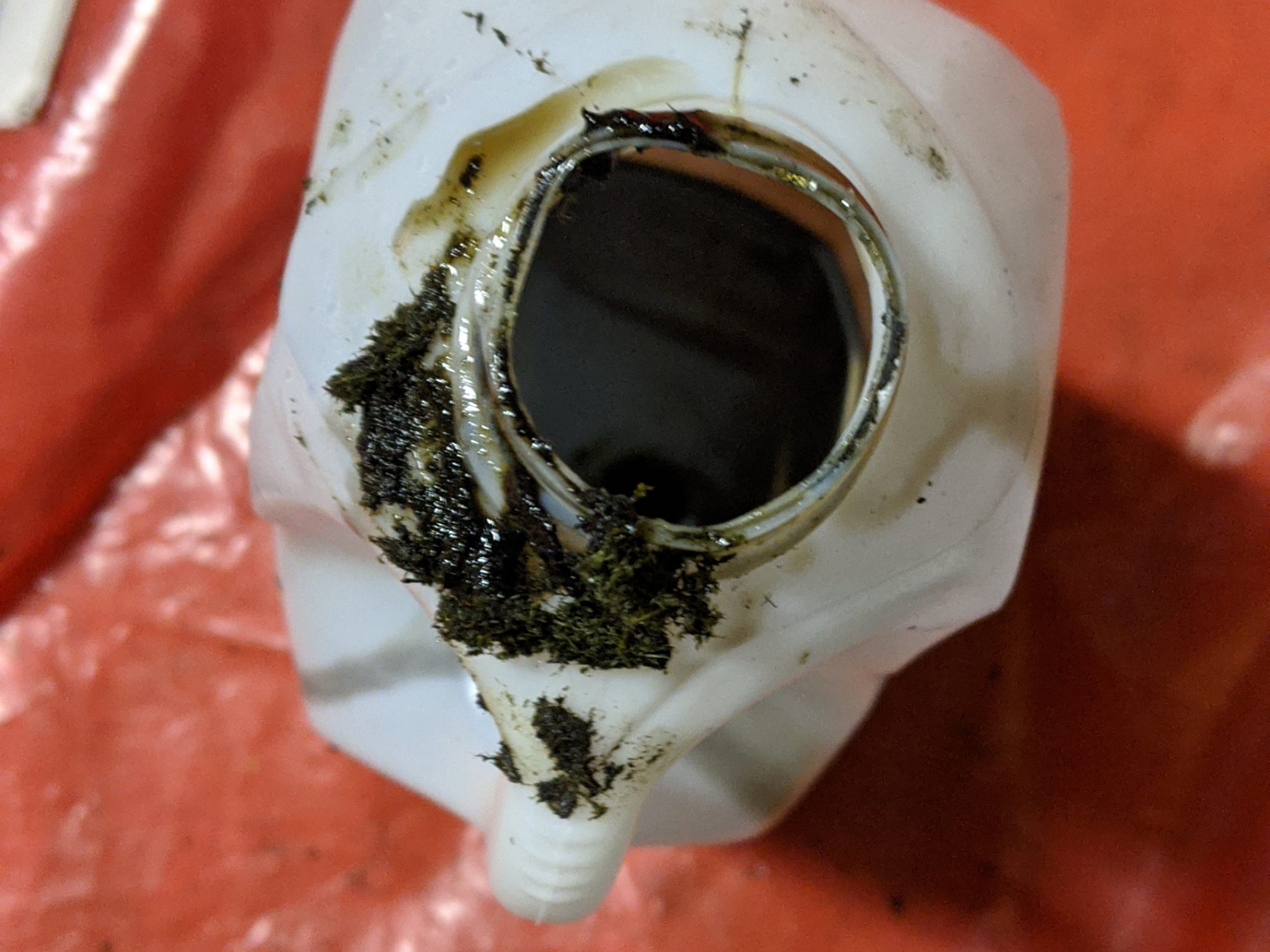Extricating the Oil from the Engine
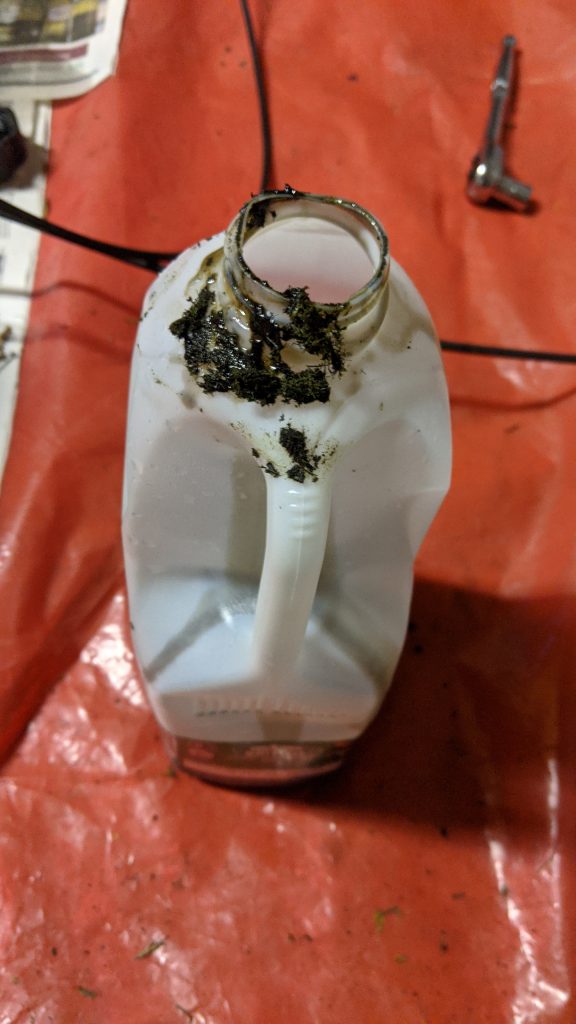
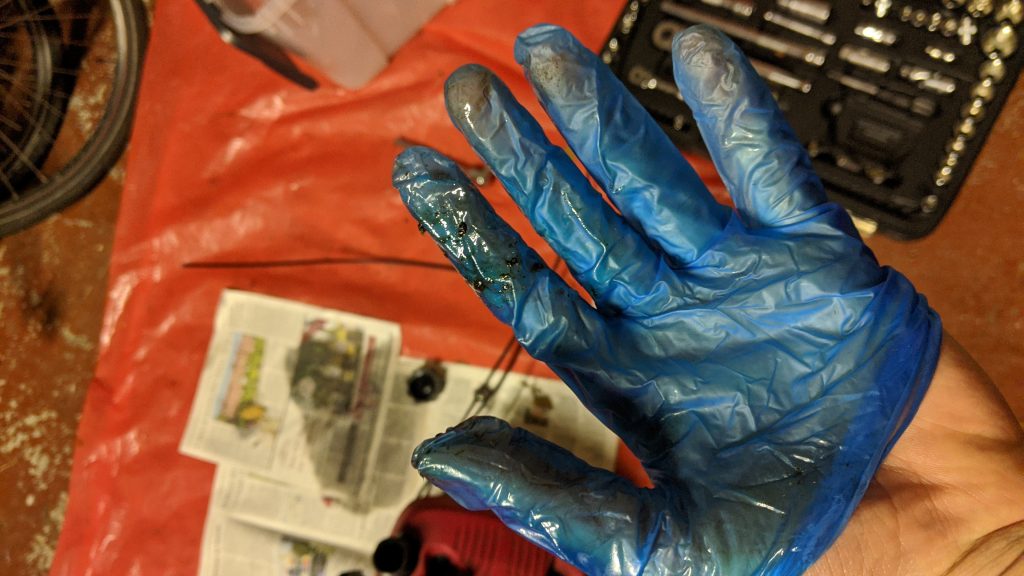
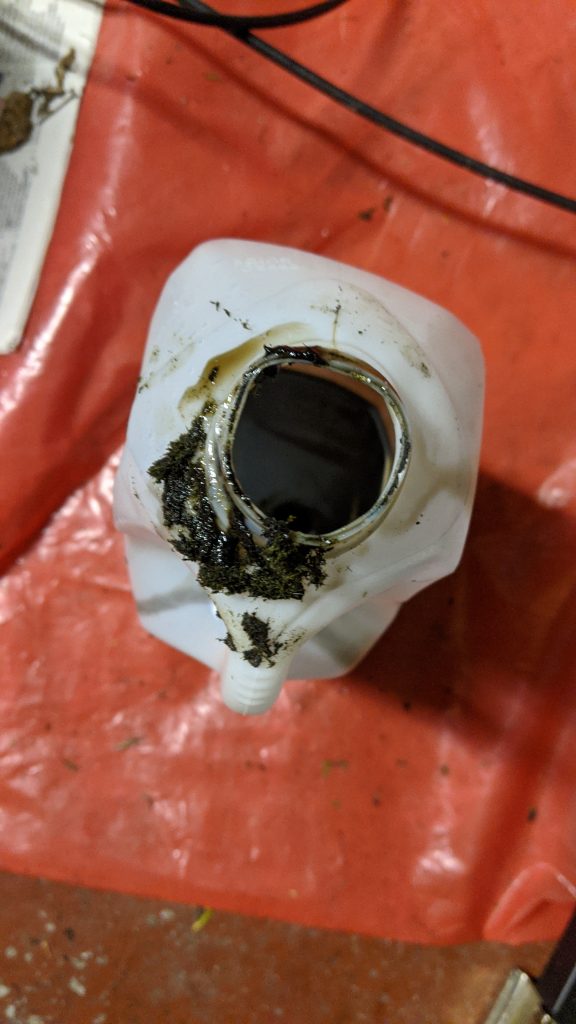
Richard Wilson: 20:50

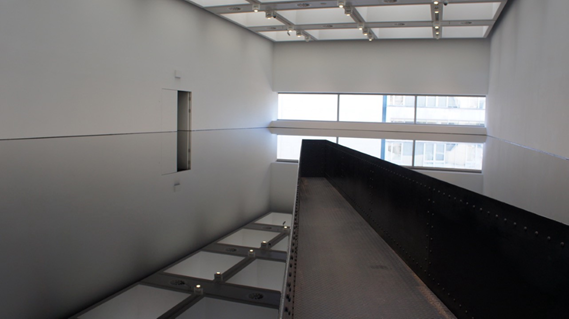
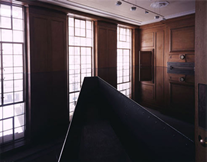
Due to the nature of virtual reality being a scene/environment that the viewer has to actually see to really appreciate, I wish to research some art installations that really caught my attention. This piece here is so striking due to the infinite and endless sensation of the reflections in the used car oil. I could imagine that seeing this installation live would be even more impressive than as an image. The car oil used here is an interesting choice of material, given it is seen as hazardous and discarded, yet Wilson has refined it, removing the carcinogens and other harmful chemicals to leave mostly burned carbon which creates the true-black look. The blackness also to me symbolises a transition to another world/dimension, just like oil acting as a transition or an intermediary between two metal surfaces in an engine. I would like to use the oil from my lawnmower and refine that to analyse the different stages it goes through and how its viscosity/colour/smell etc changes. I would also like to use the oil as a material, much like Wilson has here for future projects.
Lee Ufan: From Line
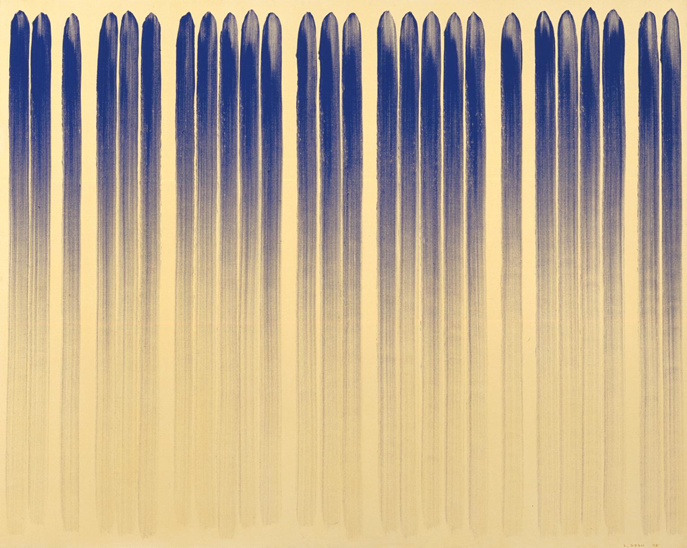
The process Ufan used to create this work; many repetitions of vertical brushstroke caught my attentions, given the constant repetition of mechanical components within engines. Using the engine oil, gathered from my lawnmower, I will try to recreate this, and to see what properties then oil has when applied to paper.
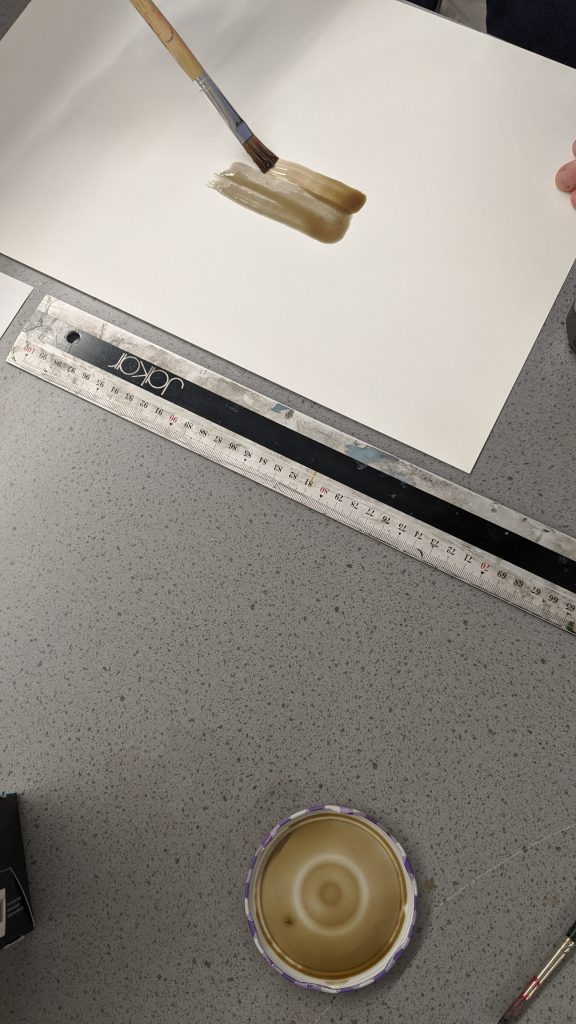
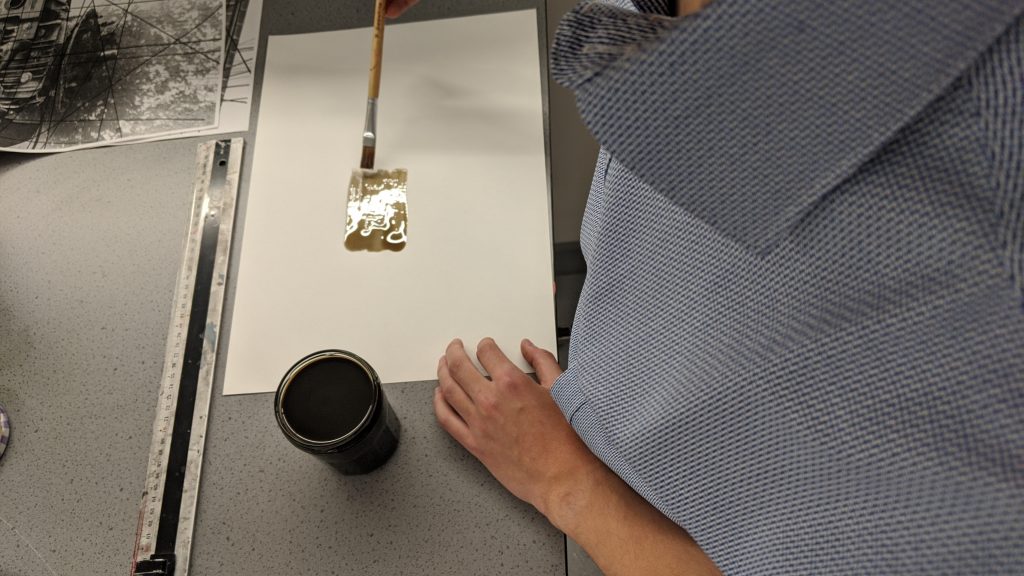
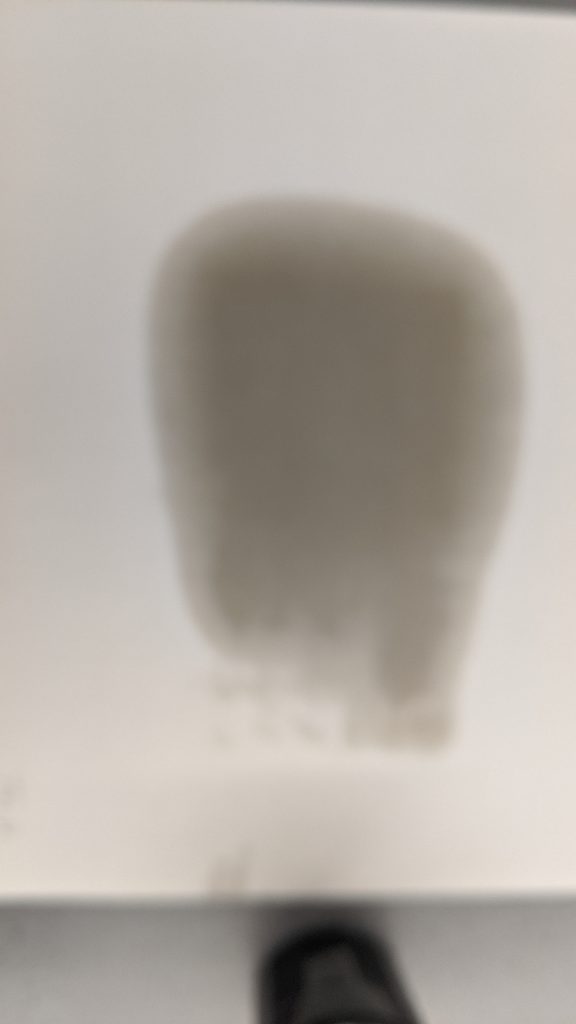
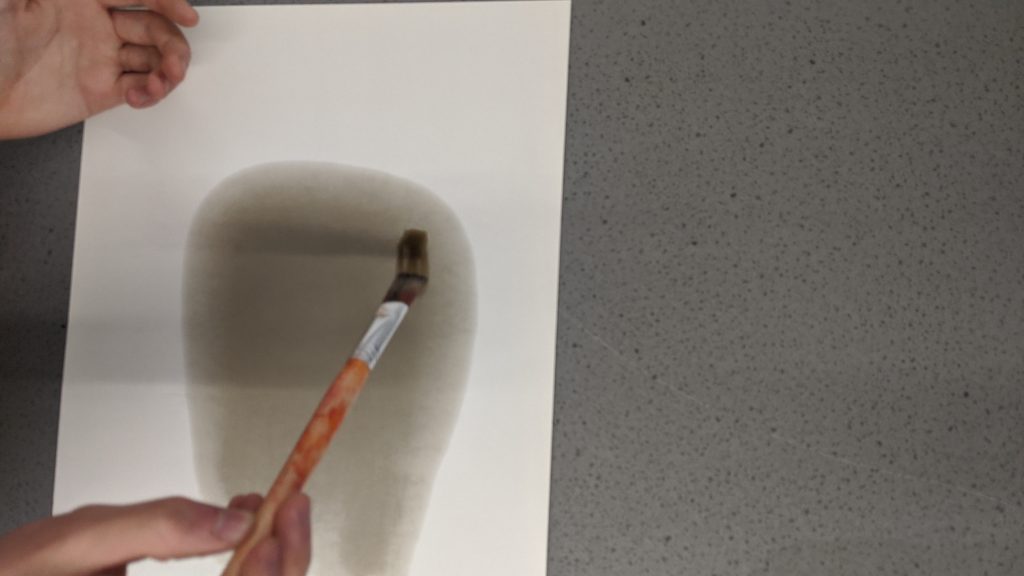
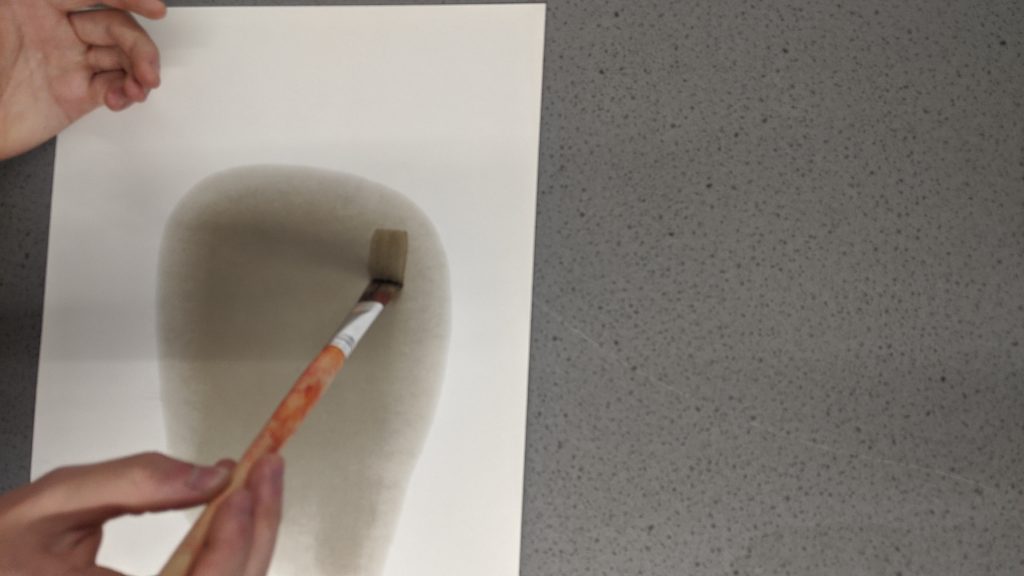
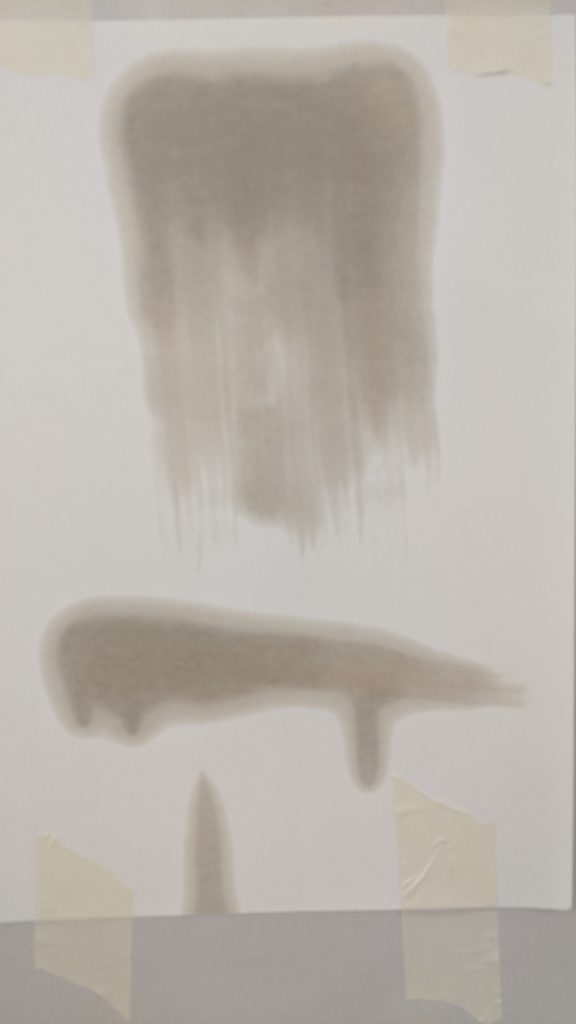
Olafur Eliasson: Circles
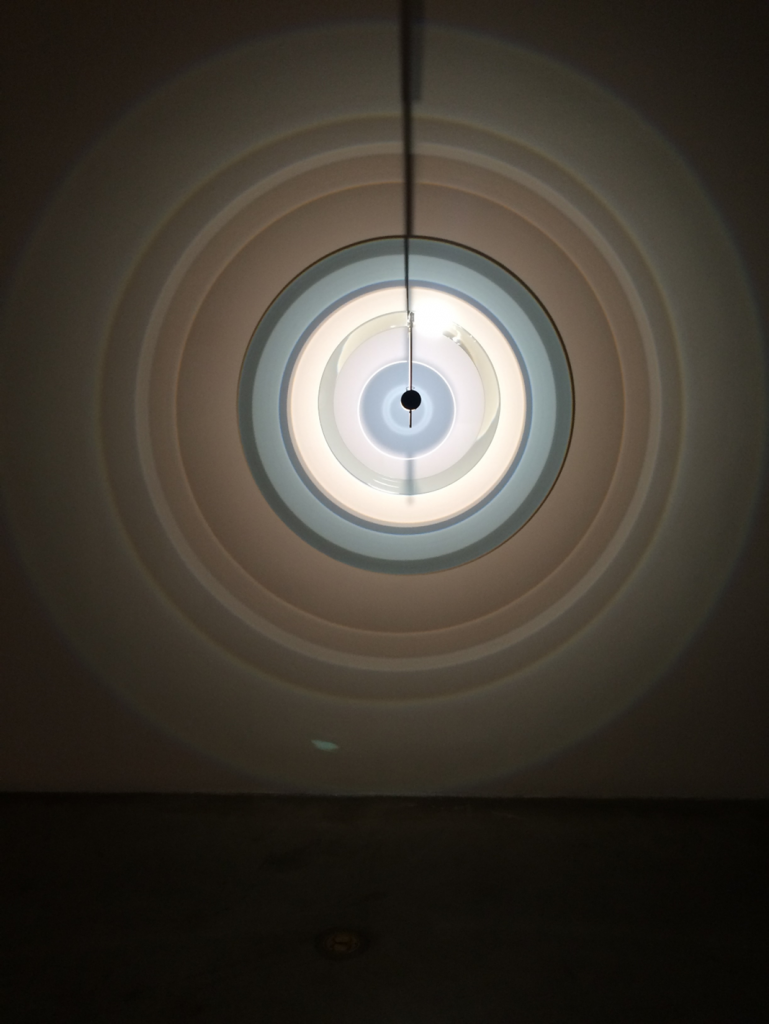
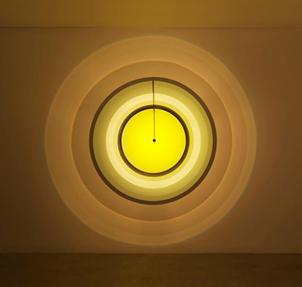
Having seen how a blob of the engine oil disperses on standard cartridge paper, it reminded me of Eliasson’s circles. They’re dispersion and spreading of colour is beautiful, even if it is done by using light and not a “physical” medium. I wish to get a time-lapse of the oil spreading, and the stages of its development after it is applied to paper. Does its colour darken or lighten? How big of a diameter does it expand to? Does it all evaporate away?
Linking back to when my Dad pointlessly “mowed” the lawn when it had snowed, I thought it interesting to see how the oil would blotch on snow – a different material to paper of filter paper.
Tony Orrico
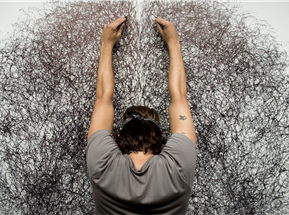
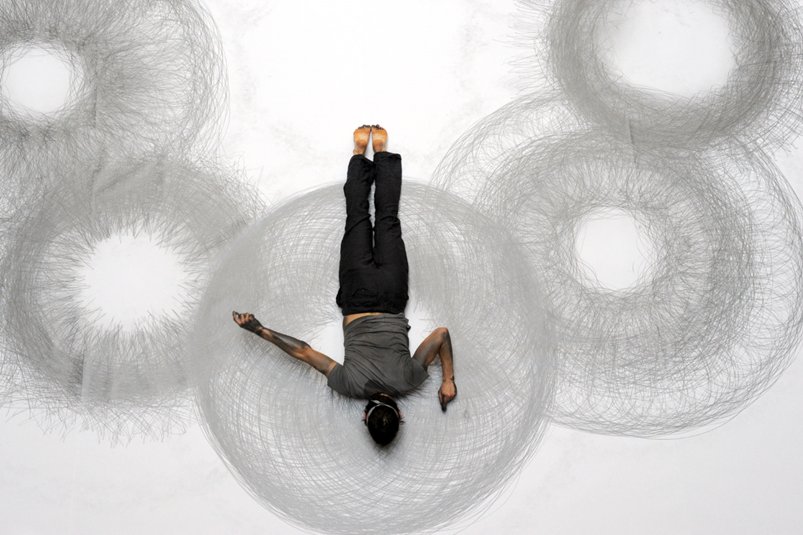
What struck me about Orrico’s pieces is how raw and organic they are. He uses habitual, mechanical, kinetic movements of his limbs, sometimes involving him holding a contorted position to create these incredibly complex drawings. They look as though a computer could’ve been programmed to create them. This idea of basic movement (particularly rotation) around a fulcrum point (a limb joint) is similar to the movements within the internals of a lawnmower engine. I wish to recreate these drawings by using the engine oil from the lawnmower to produce circular like brushstrokes.
Mark Francis
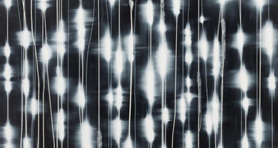
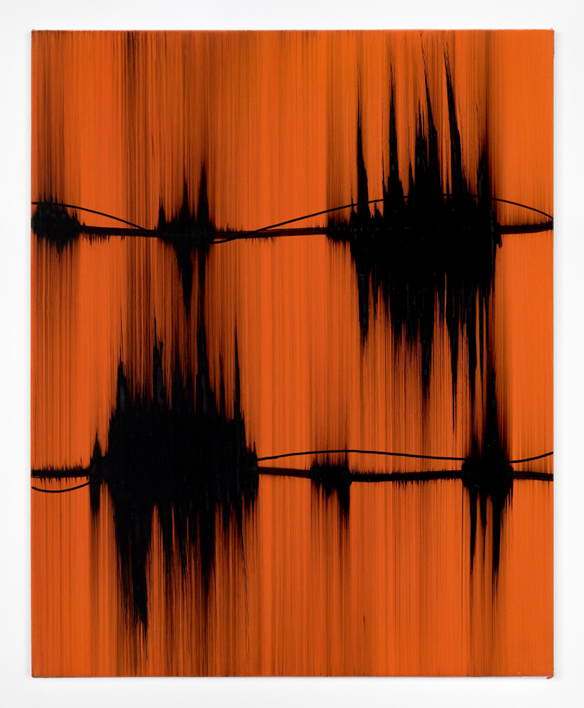
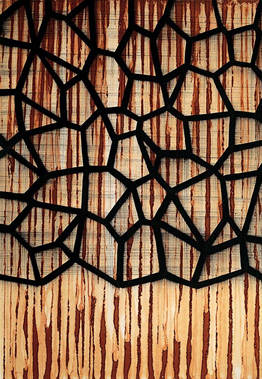
Having used the oil in previous responses to Olafur Eliasson’s circles and Lee Ufan’s “From Line”, I observed how the oil didn’t act like traditional paint, which doesn’t really bleed and is viscous enough to do so. Thus, when applied onto cartridge paper, it bled and ejected, forming very similar shapes to seen here by Mark Francis. The lines here seem also to bleed and be stretched. In response to these, I will modify my 3D printer to paint with oil to see if changing the process by which it is applied effects the resulting pattern.
